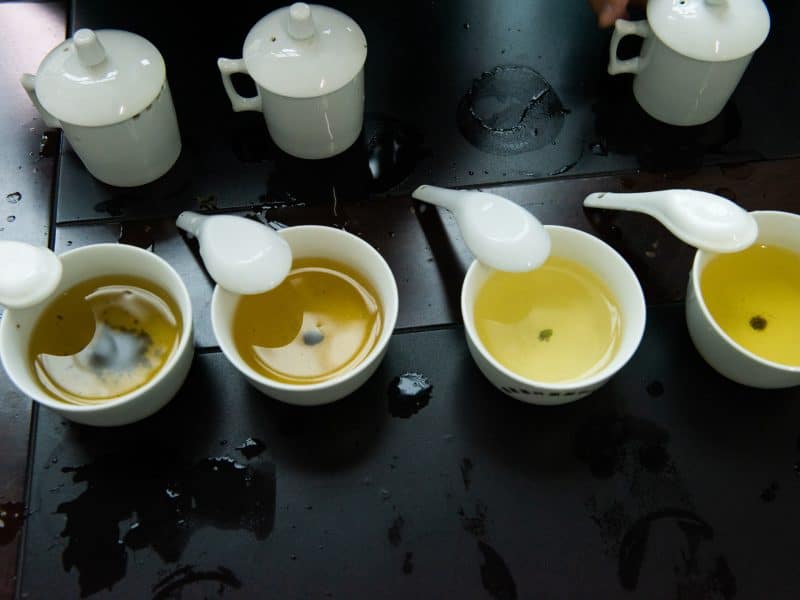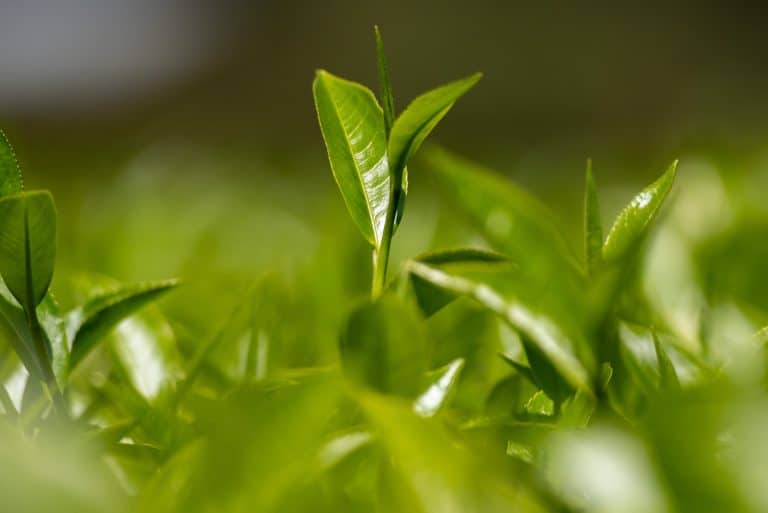Words: Guy Chambers Image: Giulio Mazzarini
Brits Drink A Lot Of Tea. UK Tea Consumption Is Among The World’s Highest (Roughly 2kg Per Person Per Year), But Black Tea Consumption Has Been In Decline For Well Over A Decade.
Such is the scale of the problem that Alan Jope, CEO of Unilever – owner of Lipton, the world’s largest tea brand – announced in January 2020 a strategic review of its tea business. According to Jope, all options are on the table including restructuring or even sale. Many brand-owners – like Unilever – are asking how to ignite the future growth of tea. But perhaps the future of tea in developed markets may lie in its past. And if we want to explore the past, we should turn to China.
Black tea: an origin story
Black tea is, of course, only a small sub-set of a vast range of teas, so how did it come to prominence in the UK and US? Simple: it was driven by history. Before the early 19th century, imports of tea to the UK and US were mainly green. Only after the development of tea-growing in the former British Empire India and then Kenya, did black tea come to the fore. Black tea was easier to make, easier to ship and easier to store.
A multi-dimensional experience
Tea in China is a multi-dimensional experience; an experience far richer and deeper than tea in most other parts of the world. This richness and depth can be seen both on the physical level and spiritual level. On the physical level, Chinese tea has multiple types (including six main ones: green, black, wulong, white, yellow and ‘dark’) as well as differentiation by origin – similar to wine. Da Hong Pao (literally ‘Big Red Robe’) wulong tea from the Wuyishan mountains in northern Fujian is a fine example – with a backstory of terroir not unlike a fine Pauillac. Chinese teas have several physical layers, both in terms of packaging (to present tea to the consumer) and tea-ware (to serve tea). Colin Sheaf’s excellent article on teaware (page 76) gives us a glimpse of how tea’s value is enhanced by teaware.
Strong cultural dimensions
Tea in China also has extremely strong cultural dimensions. These are spiritual, social and even medicinal. In China, tea was closely associated with both Buddhism and Taoism. Buddhist monks adopted tea as their beverage of over a thousand years before ‘mindfulness’ became a buzzword. On the social level, communal tea drinking formed an integral part of the development of urban society dating back to the Song dynasty (11th-12th centuries). Even today in northern Guangdong and southern Fujian provinces, any visit to a home, office or shop typically triggers the preparation of ‘gongfucha’ on a purpose-built low table with an array of bowls, cups and other utensils. And many tea drinkers today are probably not aware of tea’s origins as a medicine in China – part of the Chinese repertoire of herbal medicines.
Complexity rarely travels far
But the transmission of the multidimensional aspects of tea from China to other countries has always faced challenges. Complexity rarely travels far and the simplest form often travels the furthest. To make matters worse, the supply of Chinese tea often faced quality issues. In the eighteenth and early nineteenth century; stories were common about Chinese teas being adulterated either in China or in the UK with cheaper plants (elder, hawthorne and sloe were popular); chemicals (especially Prussian Blue for green tea); or simply reprocessed used tea leaves.
Back to the future
Finlays’ own history is entwined with growing, sourcing and processing tea: from direct shipments of tea from Guangzhou in 1817 on the George Canning, a vessel commissioned by Kirkman Finlay (the son of the firm’s founder); through a century of managing tea farms in India and developing extensive tea-growing in East Africa; and all the way to the opening of the James Finlay Guizhou tea processing facility in October 2019.
Today, Finlays is well-placed to provide brand-owners around the world with a trusted source of teas – including from China. Initial orders from Guizhou for the US and Europe are encouraging. Despite the interruption of the coronavirus outbreak, the story of the broader development of the Chinese teas category outside China is only just beginning.
Although little of the Chinese ‘multidimensional’ experience of tea and tea-drinking is currently enjoyed outside China, this could be an opportunity. Perhaps by exploring the history of tea in China, we can explore how to unlock a potential source of future growth in other markets.





